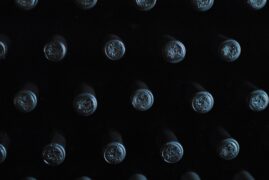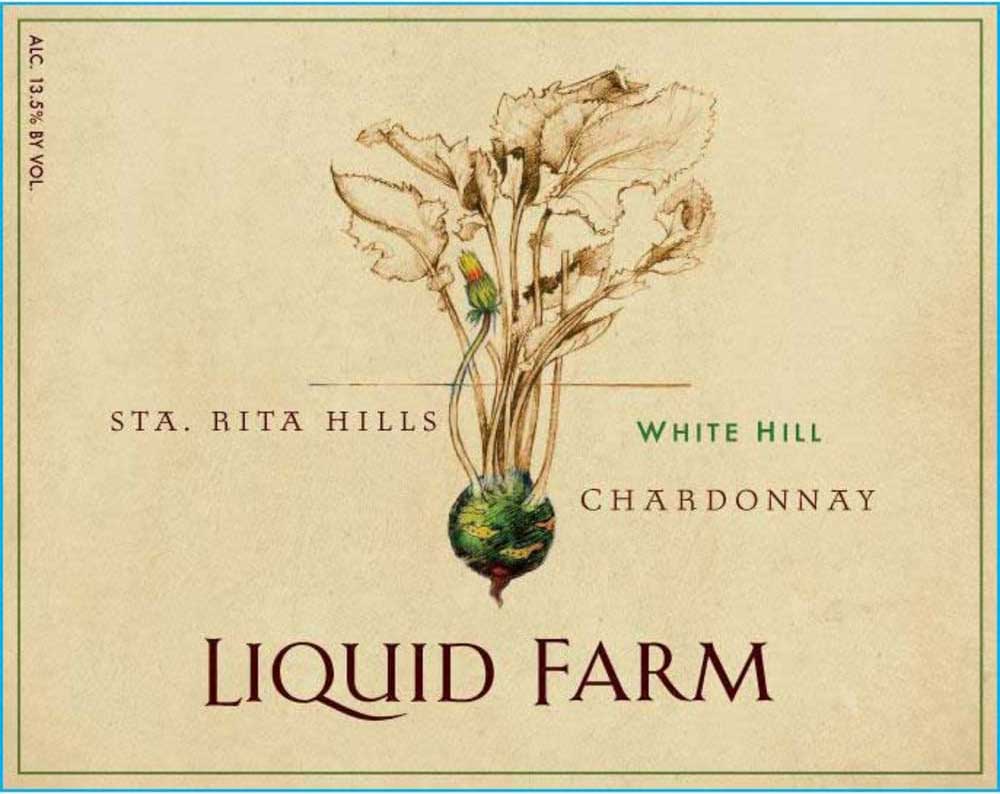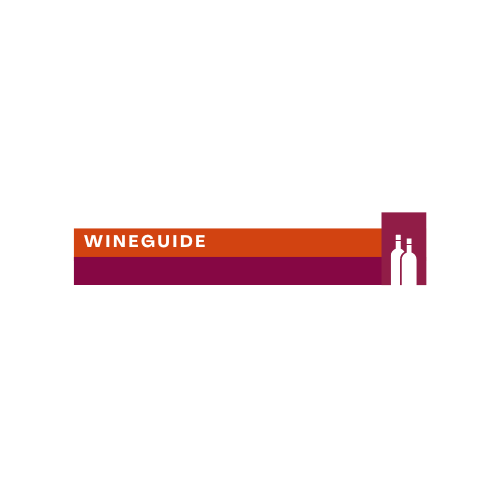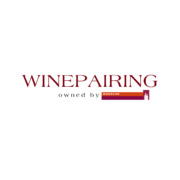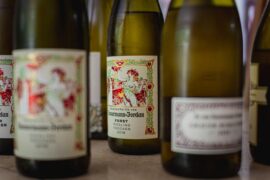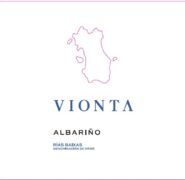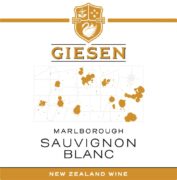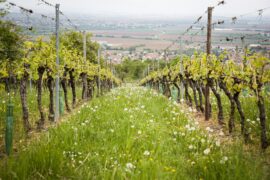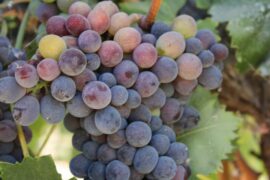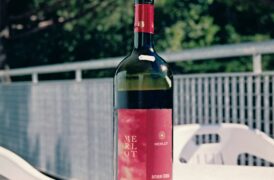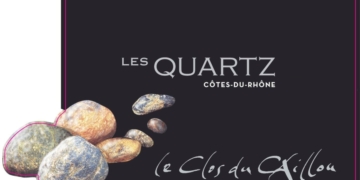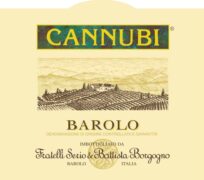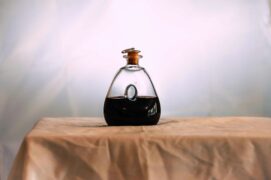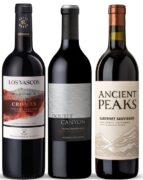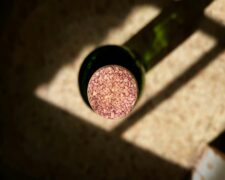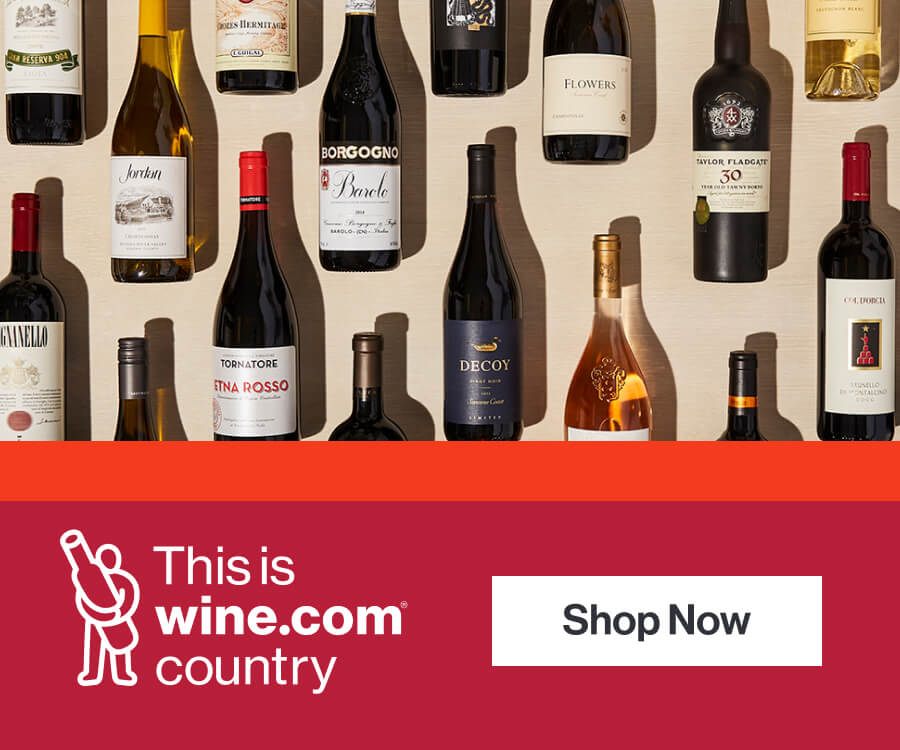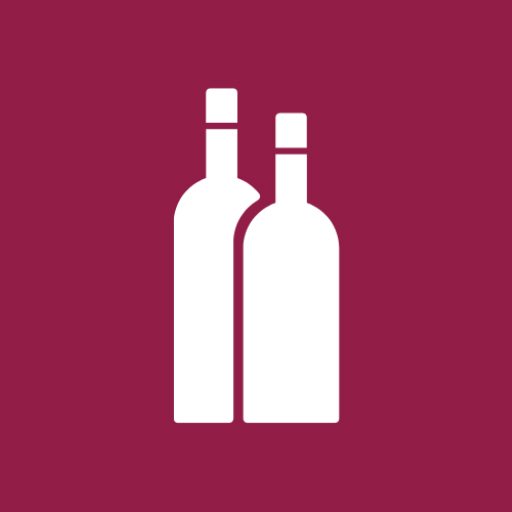Wine labels carry a lot of information, some of which is mandatory, while other details are optional. Certain things are not allowed on labels if the wine is sold within the EU.
Mandatory Information on Wine Labels
The following information must be present on the front or back label of wine bottles sold in the EU:
- Alcohol content: Must be indicated as a percentage by volume, with a maximum deviation of 0.5% for still wine and 0.8% for sparkling wine.
- Product designation (e.g., wine, sparkling wine): This can be replaced by protected designations of origin, such as Champagne or AC.
- Country of origin: The country where the grapes were grown.
- Volume: Indicated in centiliters.
- Producer contact information: The producer, bottler, or supplier’s contact information must be included.
- Sugar content: For sparkling wines, it must be indicated with terms like brut, sec, secco, etc. This is not mandatory for other wines.
- Allergens: If the wine contains more than 10 mg of sulfites per liter, it must be stated on the label. Similarly, if egg or milk proteins are used for clarification or color adjustment, this must also be noted. Fish gelatin is sometimes used but is exempt from this requirement.
- Lot number: For tracking batches, often starting with “L” followed by numbers.
Optional Information – Must Follow Specific Rules
Optional details must still comply with the regulations for mandatory information, meaning they must be accurate, clear, and easy to understand.
- Vintage: Refers to the year the grapes were harvested, typically the same year the wine was made.
- Grape variety: If a grape variety is mentioned, at least 75% of the wine must be made from that variety. In Europe and most of the world, the threshold is 85%. If two or more varieties are mentioned, they must make up 100% of the blend.
- Geographical reference: For wines whose origin can be traced to a specific part of a country. For example, in the U.S. or Chile, 75% of the grapes must come from the named region. In New Zealand, Australia, and AVA regions in the U.S., as well as in European PGI wines, 85% of the grapes must come from the named area. For Argentina, South Africa, and all European PDO wines, 100% of the grapes must come from the specified region.
- Organic: If certified as organic by a third party under EU regulations. The entire final product must be organic, not just the grapes.
- Vegan: If the wine was clarified without using animal products. Various third-party certifications may apply, but a producer’s declaration or lab analysis can also verify that the wine is vegan.
- Biodynamic farming: Biodynamic wines must also be certified organic, though there are additional rules for biodynamic certification, which vary by country. Learn more about biodynamic wine here.
- Sustainability certifications: These can come from various organizations and cover different aspects of sustainability.
- Best-before date: Wine is exempt from the requirement to include a best-before date, but some producers may provide it for consumer reference.
Additional Label Information
- Health warnings: Mandatory in the U.S., but optional in the EU.
- Descriptive text: Often includes the producer’s perspective on the wine, food pairing suggestions, and storage recommendations.
Wine Ingredients List
From December 8, 2023, wine and aromatized wines will be required to include an ingredients list and a nutritional declaration on the packaging. This applies to packaging produced after this date. Pre-existing stock can still be used until depleted.
- Ingredient List and Nutritional Declaration: These will become mandatory labeling requirements. The energy content and allergen information must appear on the physical label, while the full ingredient list and nutritional details can be provided electronically, for instance, via a QR code on the label.
Tags: Wineguide

